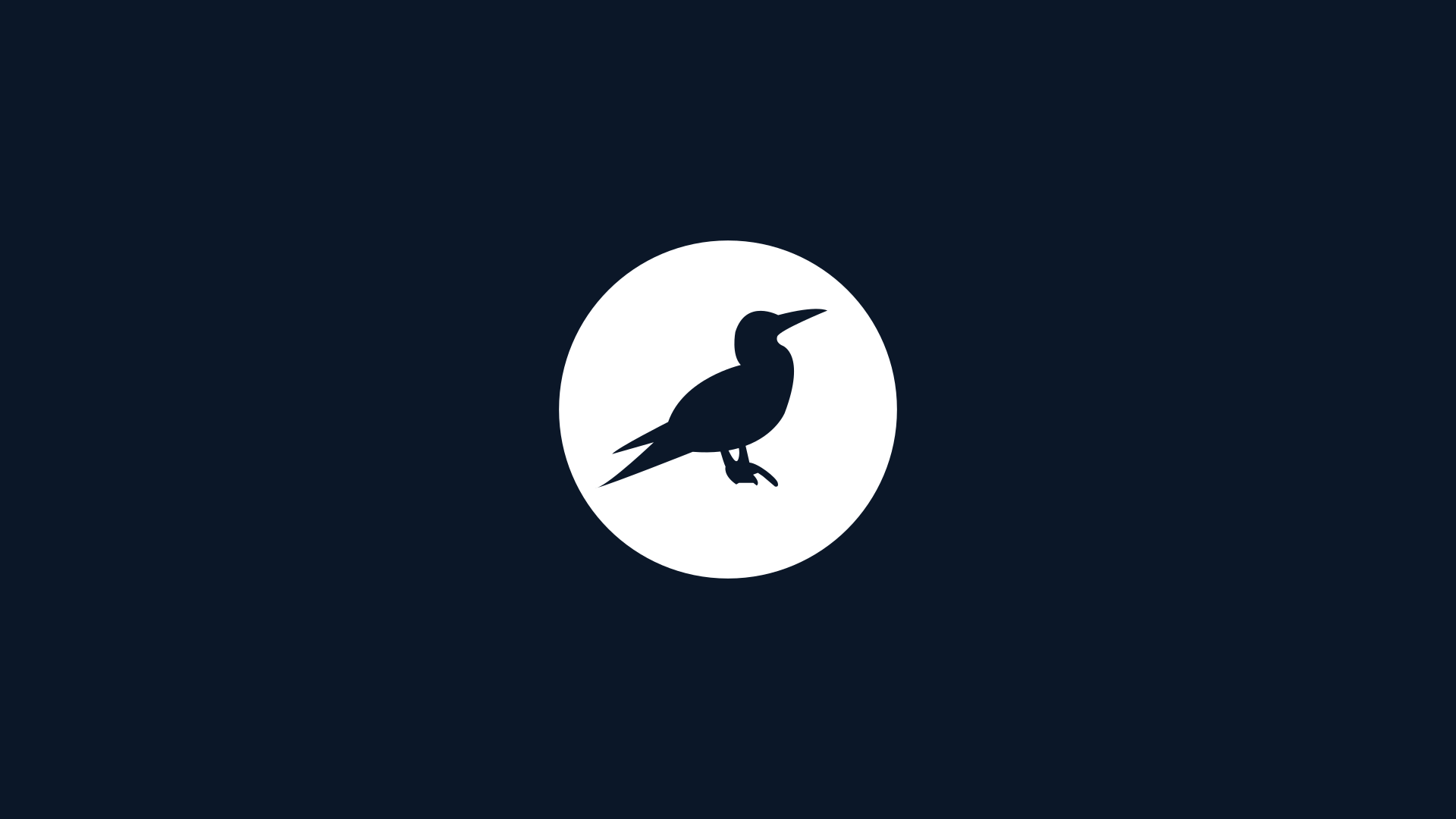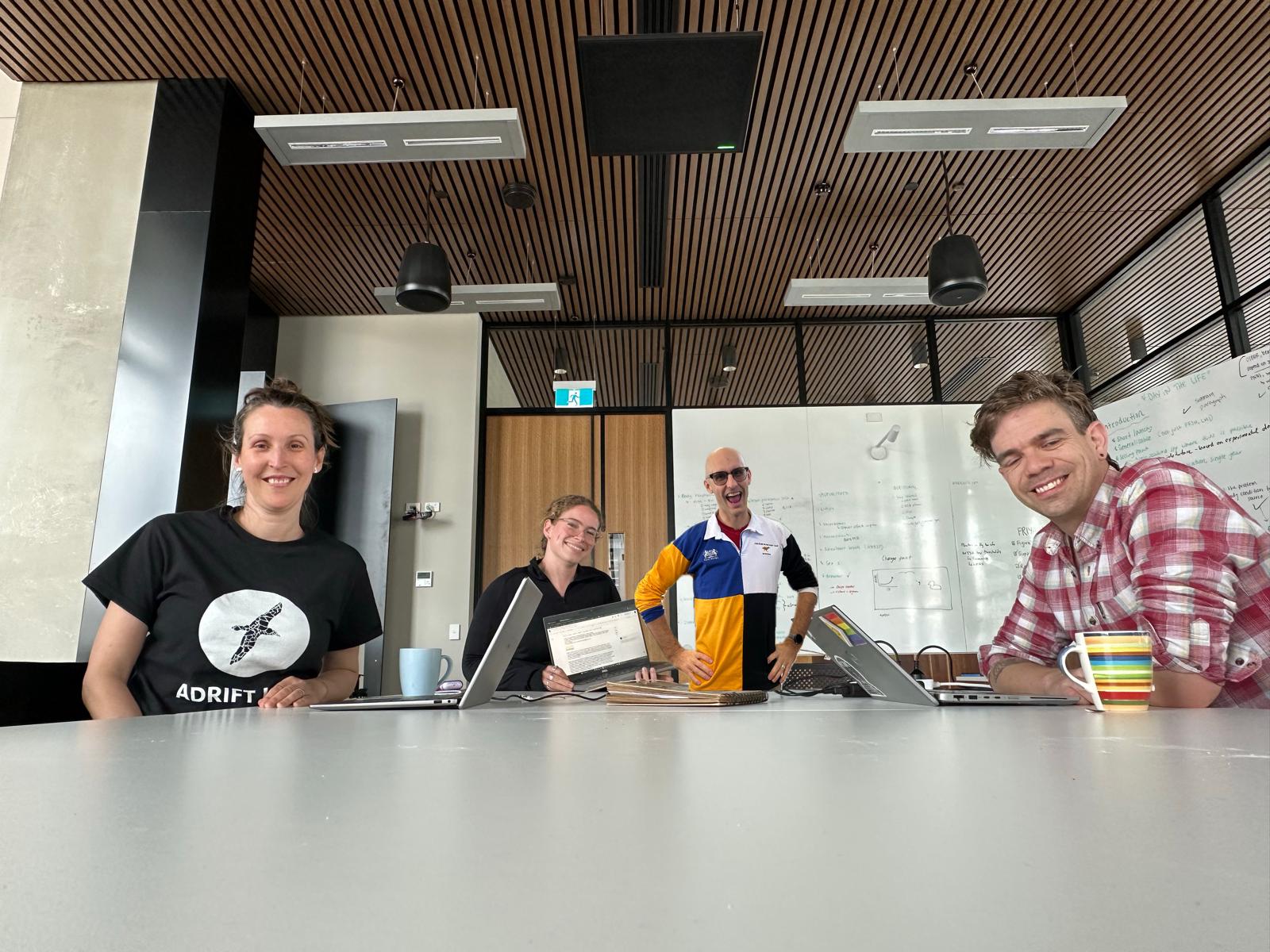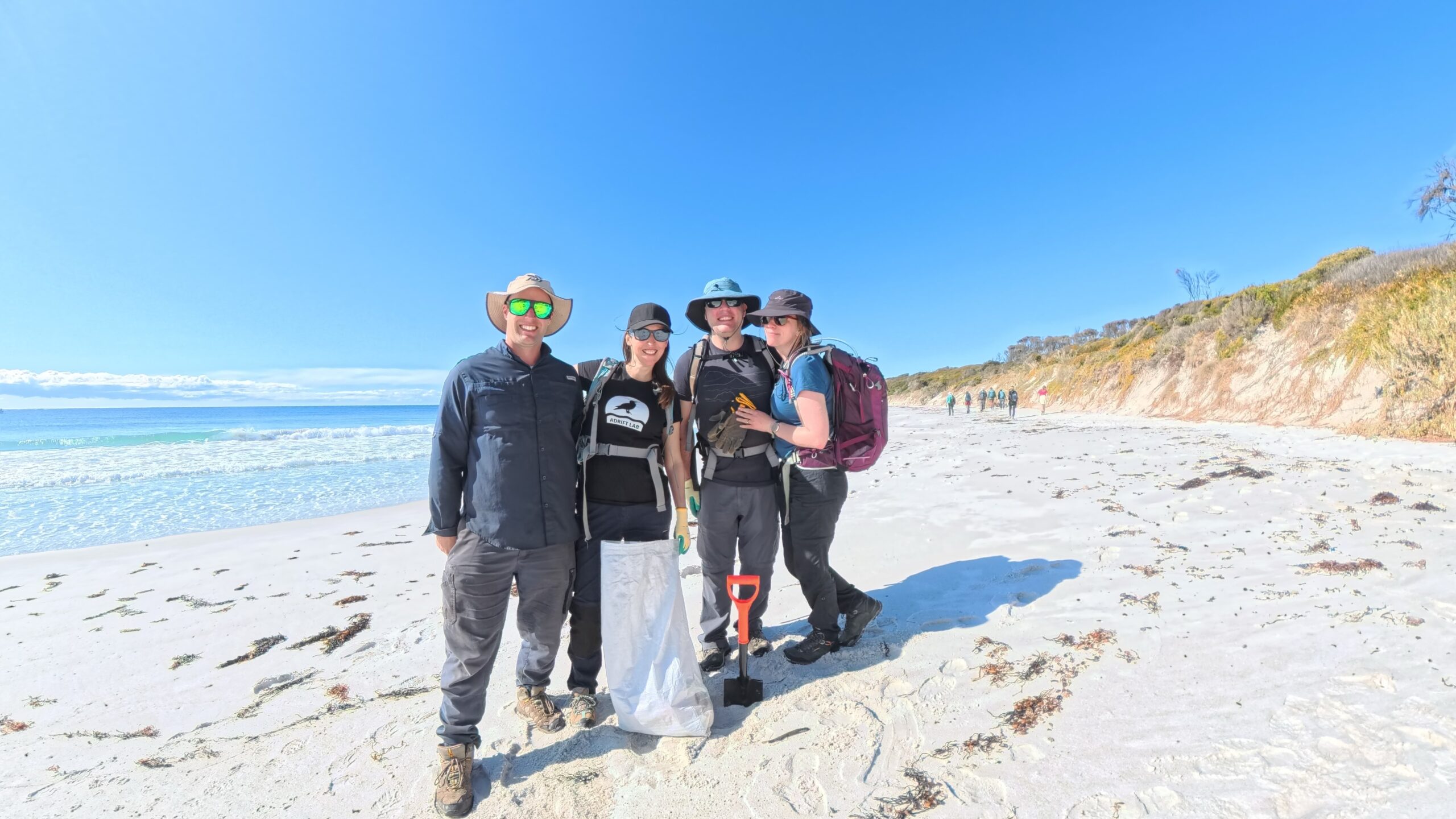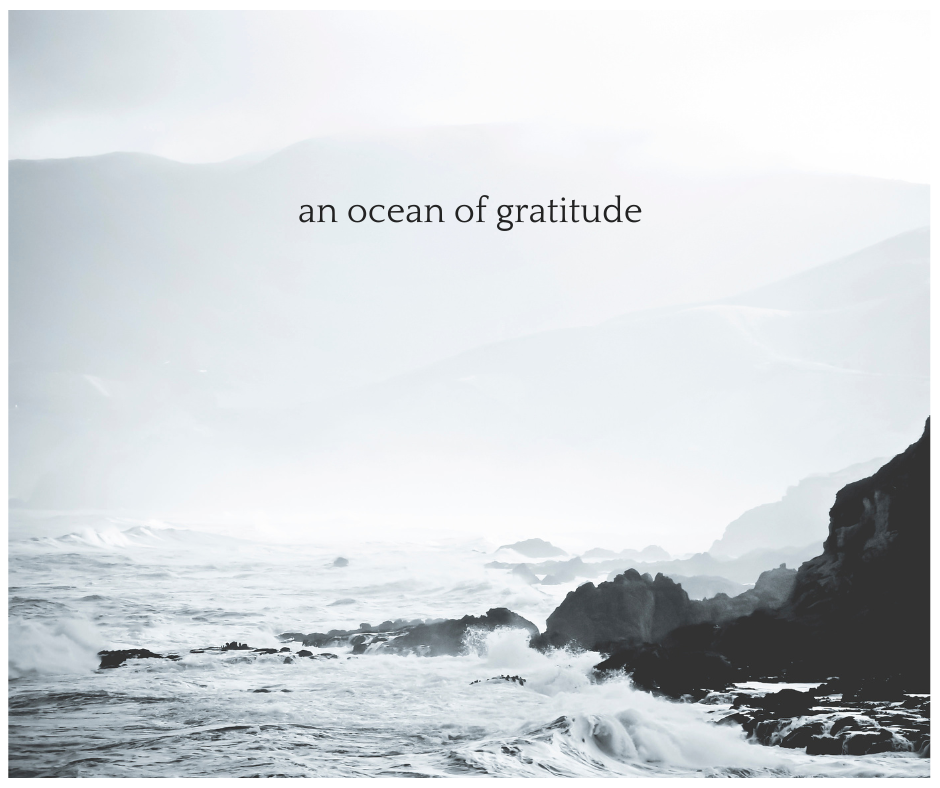NEW PAPER: seabirds transport contaminants to their breeding islands

Adrift Lab Alumni (recent PhD graduate), Dr Megan Grant, is celebrating the publication of the 3rd chapter from her thesis (and her 9th paper overall from her time as a PhD candidate, or is it 10th? she’s been so productive and successful some of us have lost track!).
In this paper, we used a simple, but amazingly effective design to study how seabirds might be influencing their habitats on remote islands. We used three quadrats: one in an area where no seabirds had ever been recorded (control site), one in an area where seabirds previously bred but had abandoned the site about 15-20 years ago, and a third site where seabirds were actively breeding.
What did we find?
Well, first we determined trace metal (As, Cd, Cr, Cu, Hg, Pb) concentrations in Flesh-footed Shearwater guano and assessed soil, vegetation, and soil invertebrates (slugs) from their breeding grounds on Lord Howe Island to find out if the birds were vectors (transporters of) marine pollutants.
We found FFSH guano contained higher concentrations of metals than other Procellariiformes, and we suspect this may have something to do with the huge quantities of plastics these birds consume.
So, while seabirds are well-known for depositing substantial quantities of beneficial nutrients on islands via their guano (e.g., nitrogen), they can also deposit harmful chemicals (and plastics) too.





